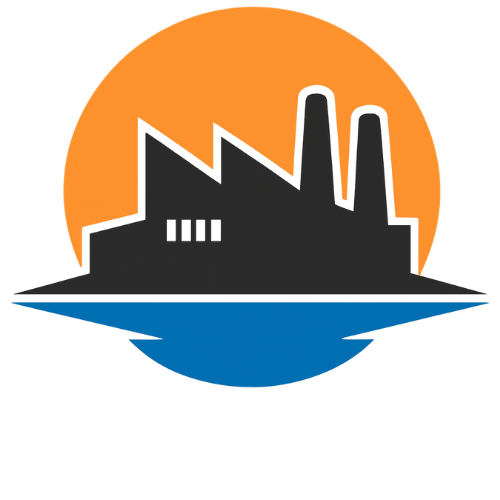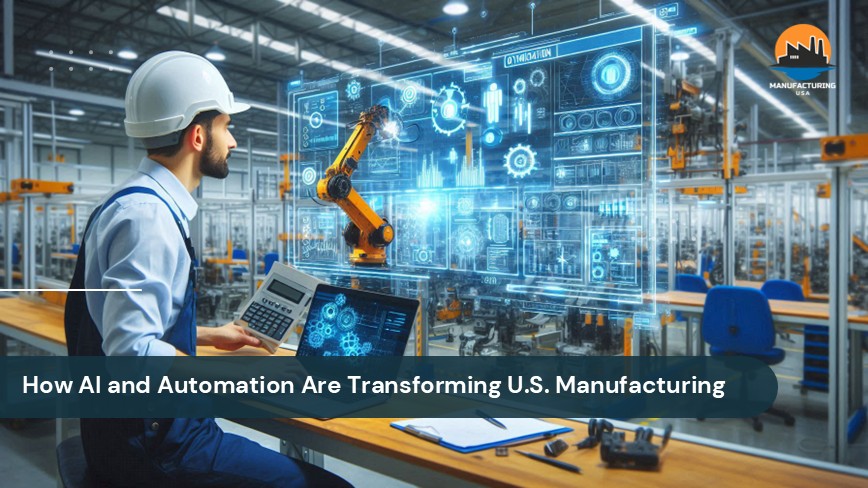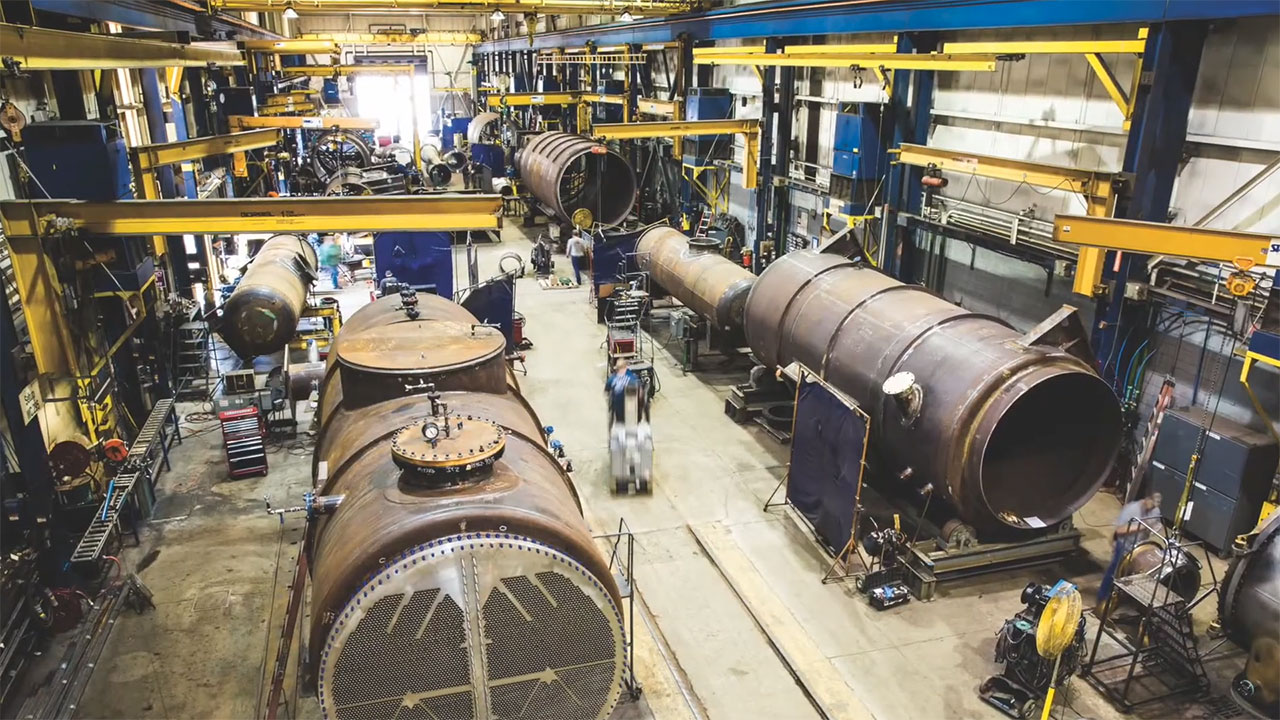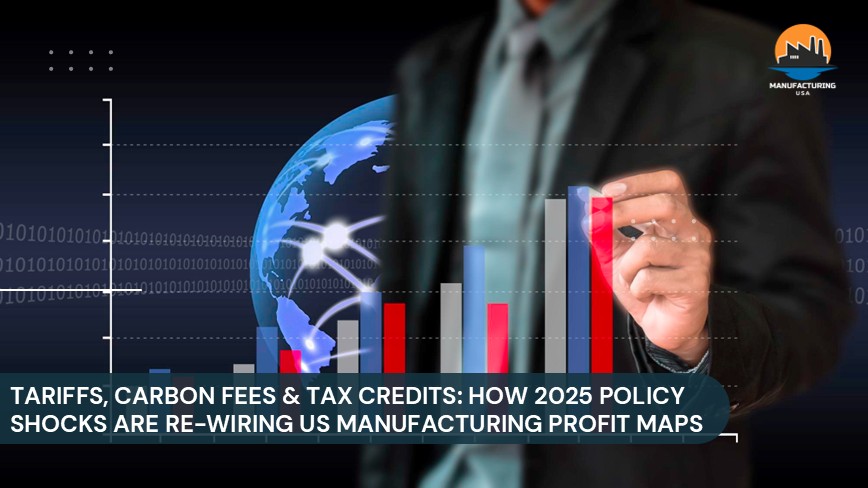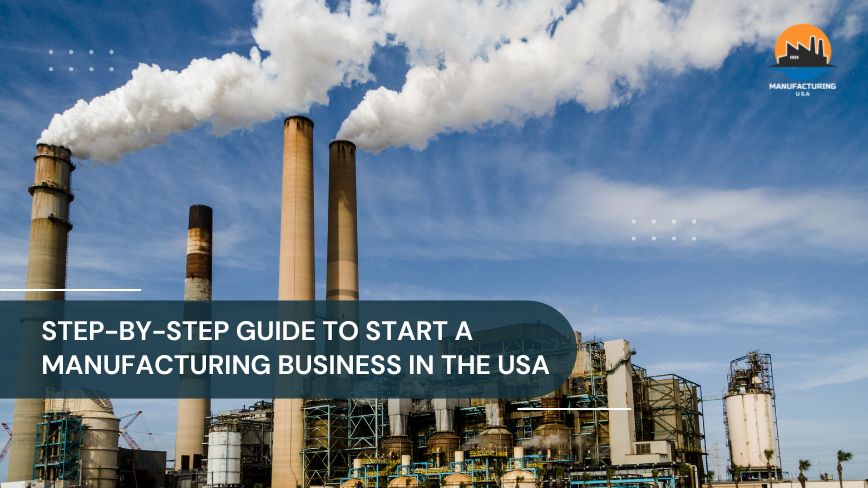In the United States, the growing role of technology in manufacturing is reshaping the industry. According to an industry survey, 92% of respondents believe that smart manufacturing will be the primary driver of competitiveness in the next three years. Similarly, continual advancements in automation, artificial intelligence (AI), and data analytics are driving a 20% increase in production output, a 20% growth in employee productivity, and a 15% expansion in unlocked capacity. Additionally, predictive maintenance powered by AI helps reduce unplanned equipment failures, lowering repair costs and operational disruptions.
Below is an analysis of the growing role of automation and artificial intelligence (AI) in U.S. manufacturing. Each aspect is assessed based on its contribution to key manufacturing factors, with attention to the challenges and opportunities presented by these technologies.
Role of AI and Automation in U.S. Manufacturing
According to the US Census Bureau data, over 52% of manufacturers have adopted AI, transforming sectors like automotive, electronics, aerospace, food, and chemicals. It aids decision-making, optimizes resource management, and automates routine tasks, facilitating workforce efficiency. Furthermore, AI enables manufacturers to stay competitive globally, foster innovation, and meet rising demand for customized, high-quality products, contributing to economic growth.
Advantages of Integrating AI and Automation in U.S. Manufacturing
- Increased Efficiency
In the U.S., automation is streamlining production processes, reducing time and costs. A study showed that 64% of manufacturers report automation helping reduce time-to-market and address talent gaps. With robotics in place, U.S. manufacturers minimize manual labour, improving cycle times and consistency. The 2023 World Robotics report recorded 381,964 industrial robots in U.S. factories, a 12% increase, with 37,587 new installations. The U.S. accounted for 77% of North America’s installations, augmenting efficiency and productivity while lowering production costs.
- Enhanced Product Quality
AI-driven quality control systems are increasingly adopted in U.S. manufacturing to ensure consistency and precision. These systems use machine learning and computer vision to detect defects that human inspectors may overlook. Gartner forecasted that by the end of 2025, 50% of manufacturers will rely on AI-generated insights for quality assurance. Moreover, AI-powered visual inspection systems can detect defects with up to 90% greater accuracy than humans, helping U.S. manufacturers maintain high product standards, reduce returns, and strengthen market competitiveness.
- Improved Decision-Making
A global survey of over 500 manufacturing leaders found that 98% face data issues hindering innovation. In the U.S., real-time data analytics powered by AI is critical for data-driven decision-making. Manufacturers are also analyzing vast data sets to identify patterns, forecast demand, and optimize schedules. An industry report showed that 26% of organizations use generative AI for decision-making, and 66% of manufacturers are increasing their reliance on AI. This enables U.S. manufacturers to stay agile and improve performance in a rapidly developing global market.
- Predictive Maintenance
AI technologies are enabling U.S. manufacturers to adopt predictive maintenance strategies that detect potential equipment failures before they occur. A recent survey found 60% of manufacturers are shifting from reactive to proactive maintenance, with 88% of adopters reporting fewer breakdowns and better asset visibility. This approach reduces downtime by 5–15%, lowers repair costs, extends equipment lifespan, and ensures more reliable operations in U.S. factories.
- Workforce Optimization
Automation in the U.S. is optimizing the workforce by automating repetitive tasks, allowing employees to focus on higher-value activities like problem-solving and strategic planning. Industry reports estimated that up to 30% of U.S. work hours could be automated by 2030, resulting in 12 million occupational transitions. While the World Economic Forum predicts global job losses of 85 million, new technologies could create 97 million jobs. This shift helps U.S. manufacturers build a more skilled workforce, promoting productivity, job satisfaction, and economic growth.
Challenges of Integrating AI and Automation in U.S. Manufacturing
- High Initial Costs
U.S. manufacturers face significant upfront costs when implementing AI and automation, including equipment, integration, and training expenses, which can be a barrier, especially for smaller companies.
- Integration Complexity
Transitioning to AI-driven systems can disrupt existing processes, as integrating new technologies with legacy systems is complex and requires careful planning.
- Security Risks
Increased reliance on interconnected systems exposes U.S. manufacturers to greater cyber threats. The 2024 IBM Cost of a Data Breach report found the average cost of a data breach in the industrial sector was USD 5.56 million, an 18% increase from 2023.
- Skill Gaps
According to the U.S. Bureau of Labour Statistics and Lightcast, tech jobs in the U.S. are projected to grow at twice the rate of the overall workforce over the next ten years. To address the growing demand for tech skills in AI, robotics, and data analytics, U.S. manufacturers must invest in continuous training. An industry report forecasted that the demand for tech jobs is expected to rise from 6 million in 2023 to 7.1 million by 2034.
Difference Between Traditional Manufacturing and AI and Automated Manufacturing
| Point of Difference | Traditional Manufacturing | AI and Automated Manufacturing |
| Production Process | Manual labor and human-driven tasks for assembly and inspection. | Uses machines, robots, and AI for automation and precision tasks. |
| Efficiency | Lower efficiency, slower production, and more prone to human error. | Higher efficiency with faster production and minimal human error. |
| Quality Control | Relies on human inspections, prone to errors and inconsistencies. | AI-driven quality control systems detect defects with high precision. |
| Cost | Higher labor costs and longer production times. | High initial setup cost but lower long-term operational costs. |
| Workforce | Requires a larger, less skilled workforce for manual tasks. | Requires fewer workers, with more focus on skilled, tech-oriented roles. |
| Flexibility | Limited flexibility in production. The changes take time and effort. | Greater flexibility in production. It is easily adaptable to changes in design or production. |
In conclusion, AI and automation are revolutionizing U.S. manufacturing by driving efficiency, enhancing product quality, and enabling smarter decision-making. As advancements such as AI-driven design, fully autonomous factories, and smart manufacturing ecosystems continue to emerge, U.S. manufacturers are projected to gain greater flexibility, productivity, and competitiveness. Apart from this, these innovations streamline production processes, reduce costs, and help manufacturers with agility, enabling them to meet the demands of an ever-changing global market and positioning the industry for development and success.
